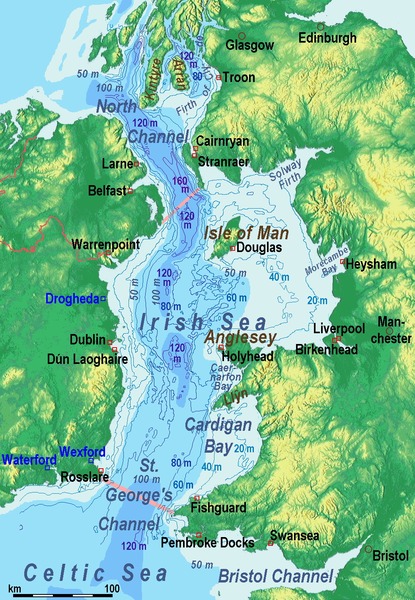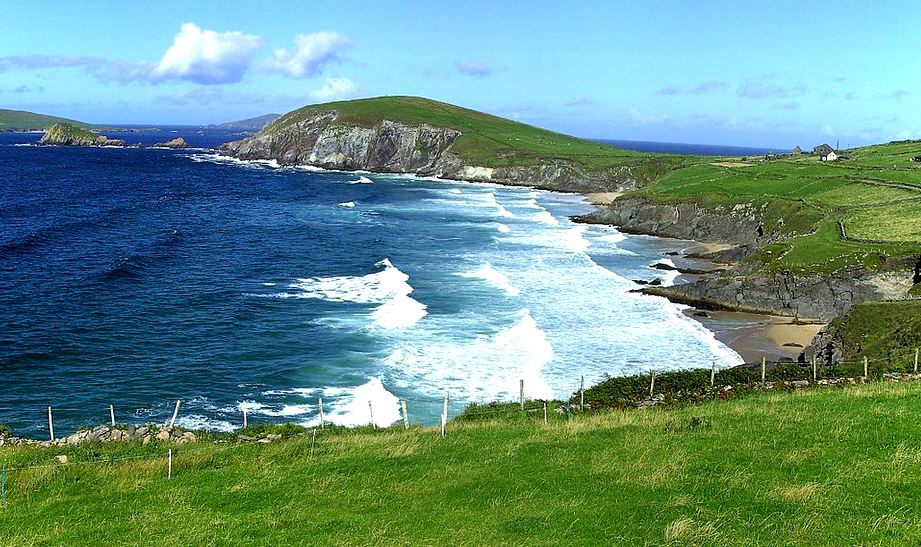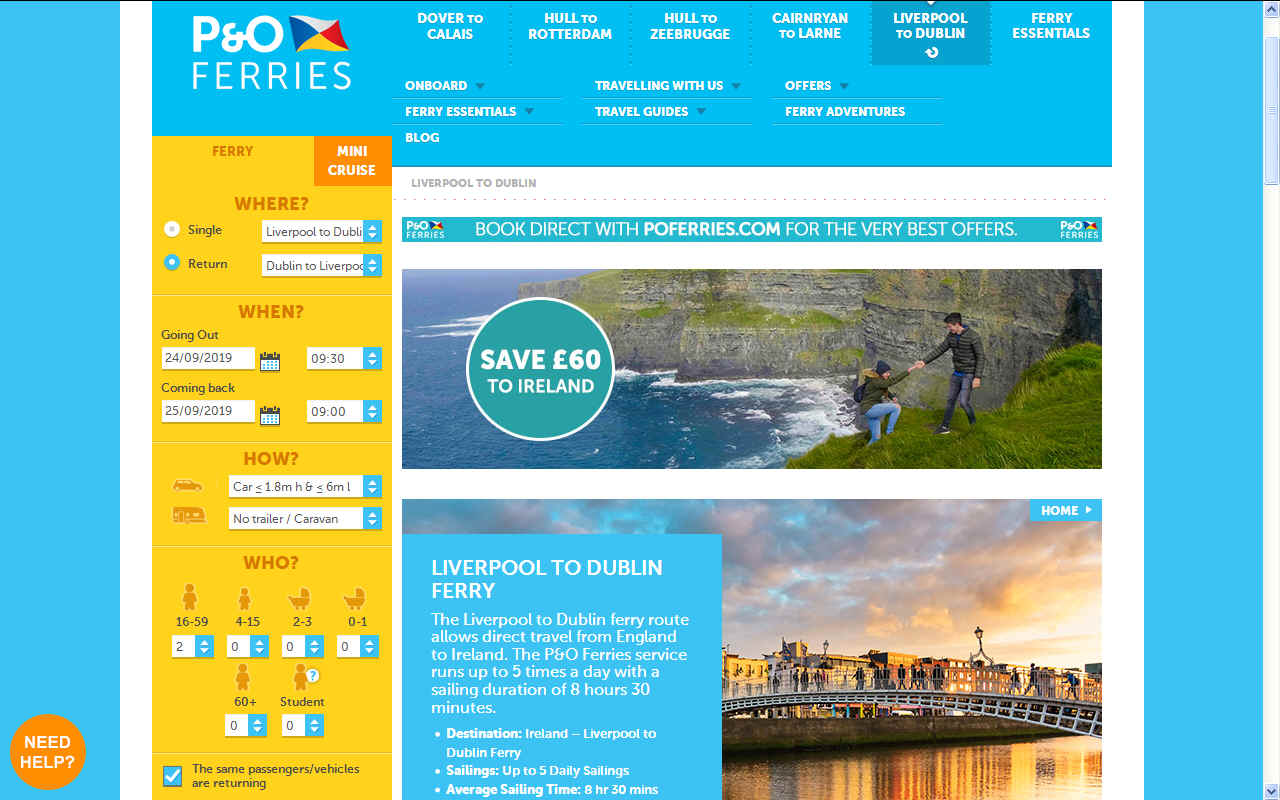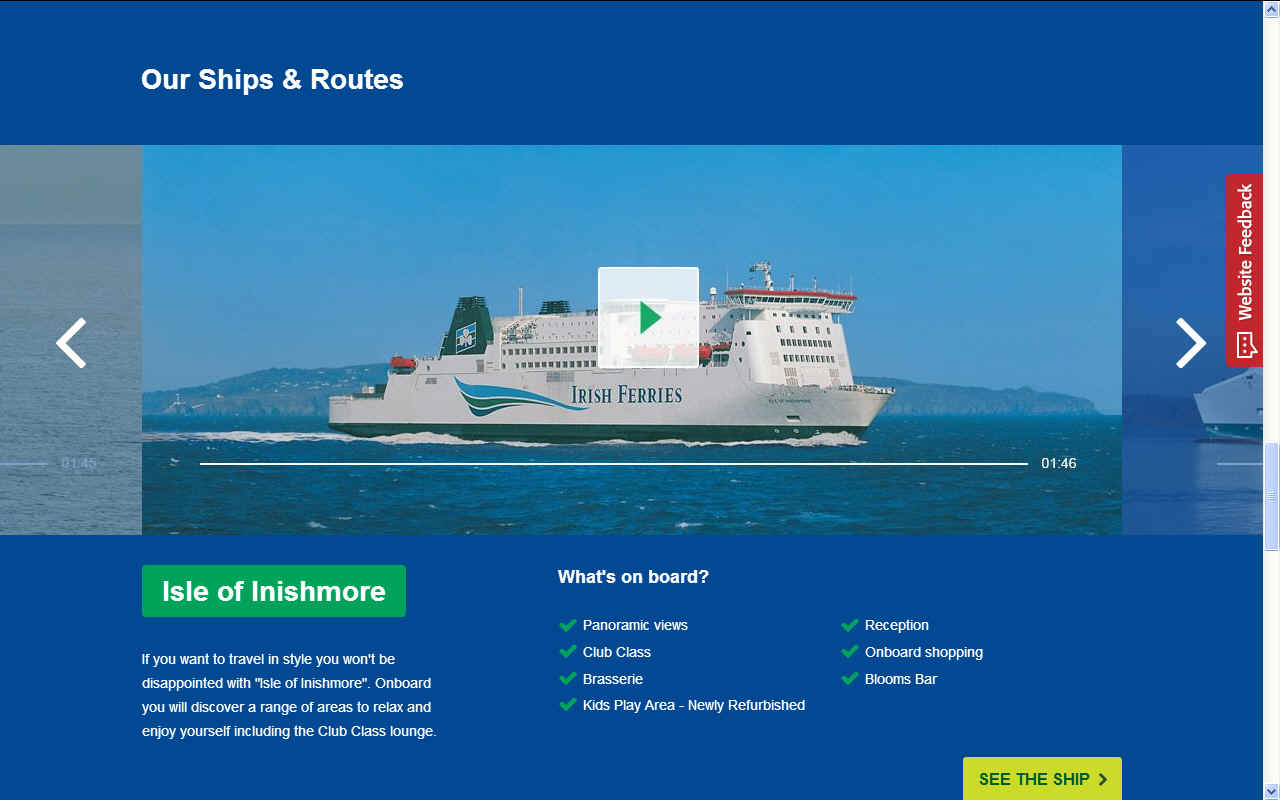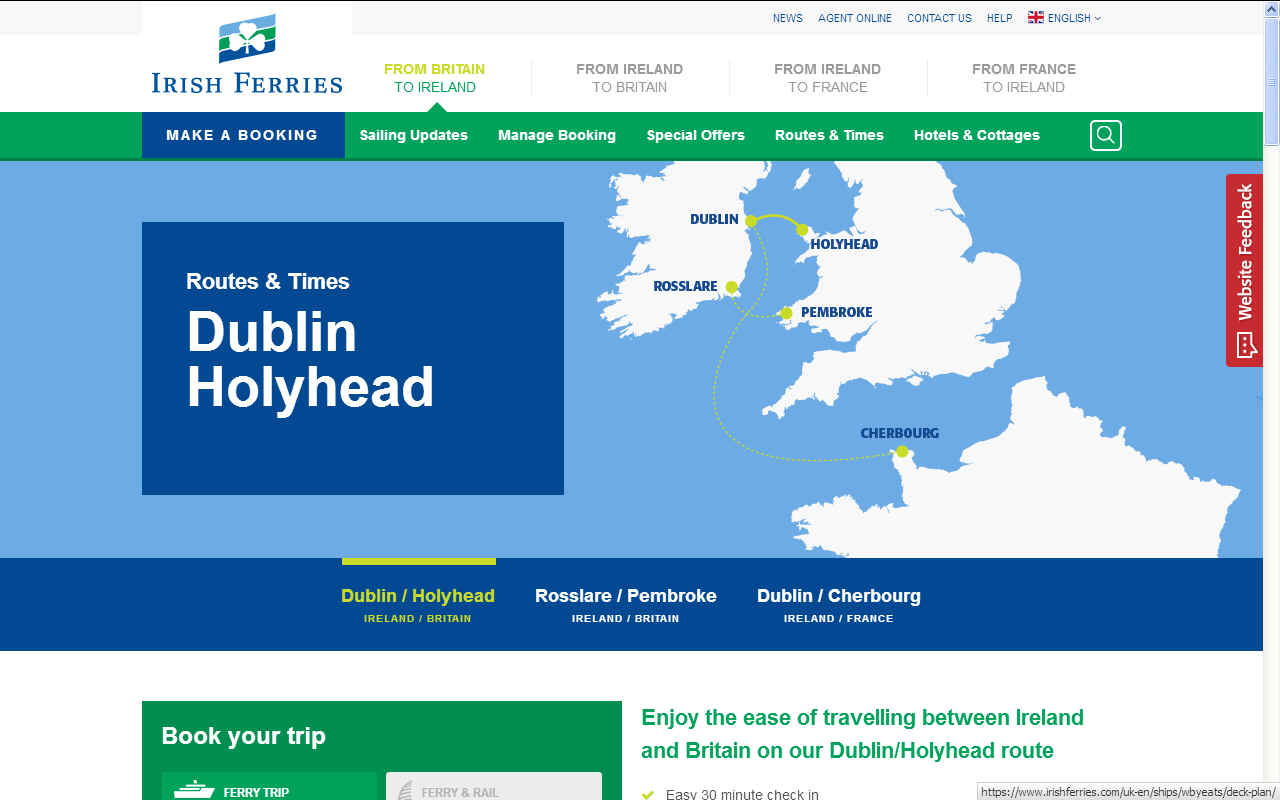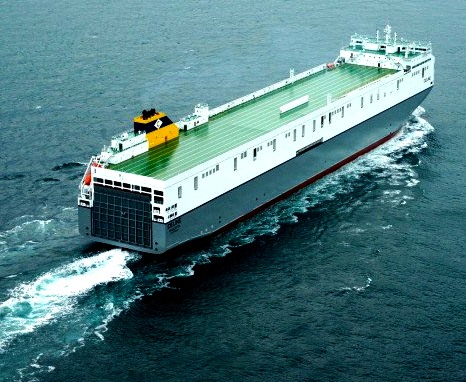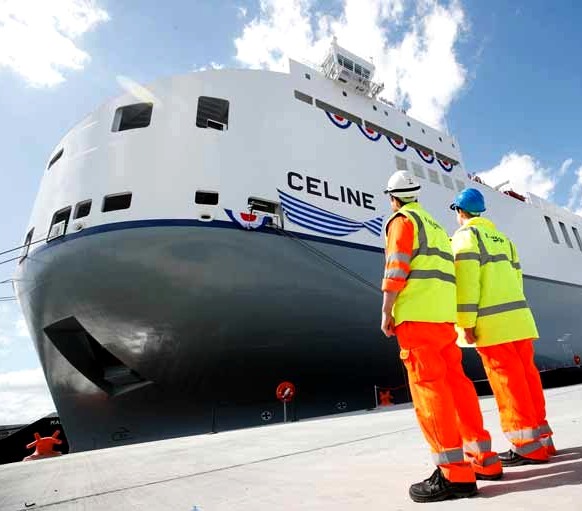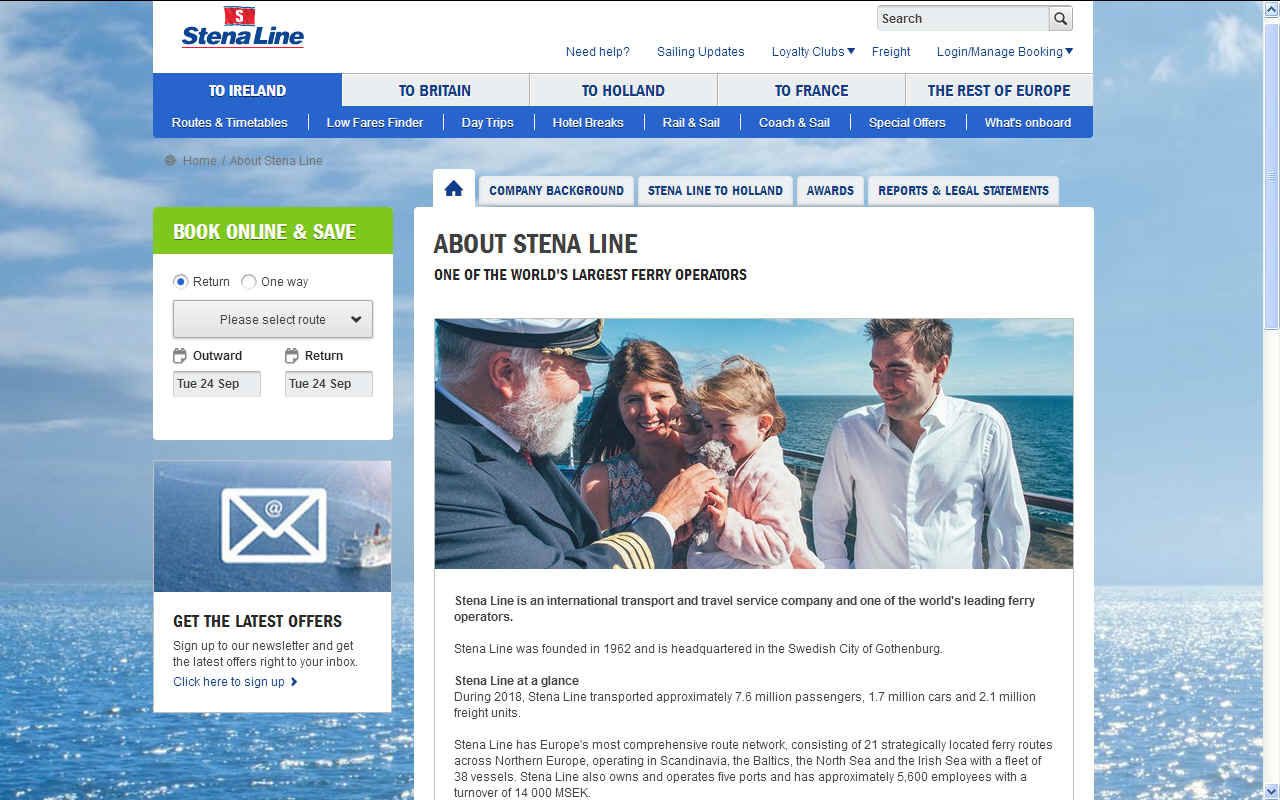|
FERRIES - ACROSS THE IRISH SEA
ABOUT - CLIMATE CHANGE - CONTACTS - FOUNDATION - HOME - OCEAN PLASTIC
PLEASE USE OUR A-Z INDEX TO NAVIGATE THIS SITE
There are many ways to cross the Irish Sea to enjoy the Emerald Isle for pleasure or for business.
You can travel to several different ports
across the Irish Sea which include the ferry to Northern Ireland with Belfast and Larne, as well as Rosslare and Dublin in the Republic of Ireland.
Because Ireland has neither tunnel nor bridge to connect it with Great Britain, the vast majority of heavy goods trade is done by sea. Northern Ireland ports handle 10 million tonnes (9,800,000 long tons; 11,000,000 short tons) of goods trade with the rest of the United Kingdom annually; the ports in the Republic of Ireland handle 7.6 million tonnes (7,500,000 long tons; 8,400,000 short tons), representing 50% and 40% respectively of total trade by weight.
COASTAL
TOURISM
P&O FERRIES
Getting a ferry to Ireland is easy when you travel with
P&O Ferries on their Liverpool to Dublin route. With regular daily and nightly crossings, no baggage limits when you travel, and two free meals included in your ticket price.
You can travel in your own vehicle. Whether you’re embarking on a solo road trip with your car, travelling for work in your van, or planning a family excursion in the caravan.
Your trip to the Emerald Isle is sure to be one full of magical outdoor adventures and exciting cultural discoveries. Ireland is a fantastic country with so much to explore, such as the breathtakingly beautiful coastline in County Donegal with unbeatable views of the Atlantic Ocean. If you’re looking for a more metropolitan adventure, then getting off the ferry a mere 10 minutes from the centre of Dublin will be a dream come true. Whether you want to try some authentic Guinness at the factory and witness some incredible panoramic views of the city from the factory’s tower, or soak up some culture in this UNESCO City of Literature.
STENALINE
Stena Line is an international transport and travel service company and one of the world's leading ferry operators. The company was founded in 1962 and is headquartered in the Swedish City of Gothenburg. During 2018, Stena Line transported approximately 7.6 million passengers, 1.7 million cars and 2.1 million freight units.
Stena Line has Europe's most comprehensive route network, consisting of 21 strategically located ferry routes across Northern Europe, operating in Scandinavia, the Baltics, the North Sea and the Irish Sea with a fleet of 38 vessels. Stena Line also owns and operates five ports and has approximately 5,600 employees with a turnover of 14 000 MSEK.
The
Irish Sea separates the islands of Ireland and Great Britain; linked to the Celtic Sea in the south by St George's Channel, and to the Inner Seas off the West Coast of
Scotland in the north by the Straits of
Moyle. Ireland and all countries that comprise the
United Kingdom are on its shoreline: Scotland on the north, England on the east, Wales on the southeast, and Northern Ireland and the Republic of Ireland on the west.
BREXIT BUSTER
CHRISTENING APRIL 2018
It is hoped its size will allow hundreds of thousands of additional tonnes of freight go to and from the Continent each year, bypassing Britain and the border controls and paperwork that may be inevitable if a hard Brexit becomes a reality.
Leo Varadkar, Ireland’s prime minister, stood smiling on the quay at Dublin Port last week after christening the hulking ship rearing up behind him. Officially the 235m long vessel capable of carrying 600 trucks bears the name Celine, but in Irish circles they know it by a different name: Brexit Buster.
The operator of Celine, CLdN Ro-Ro SA, based in Luxembourg, which had previously published a fleet development programme, has announced the expansion of its Irish service due to newbuilds entering service.
CONTACTS
Stena Line Limited
Irish Ferries,
Tel: 0818 300 400
Irish Ferries,
A study in July 2021 has shown that the hull design of a trimaran, could be adapted to cross the Atlantic on hydrogen power alone, with solar assistance, as a top up power source. Food for thought for Waterborne and Zero Emission Waterborne Transport (ZEWT) advocates in Europe. The aim would be to adapt the concept to practical ZESTA ferries, especially for island nations who depend on shipping for their economies. The proposed design is also safer, leak wise.
A-Z
INDEX OF H2 POWERED FUEL CELL SHIPS
LINKS & REFERENCE
https://www.stenaline.co.uk/ferries-to-ireland https://www.irishferries.com/uk-en/to-ireland-from-britain http://www.poferries.com/ https://www.irishferries.com/
ADRIATIC - ARCTIC - ATLANTIC - BALTIC - BAY BENGAL - BERING - CARIBBEAN - CORAL - EAST CHINA ENGLISH CH - GULF GUINEA - GULF MEXICO - INDIAN - IRISH - MEDITERRANEAN - NORTH SEA - PACIFIC - PERSIAN GULF SEA JAPAN - STH CHINA - SEA LEVEL RISE - SOUTHERN OCEAN
This website is provided on a free basis as a public information service. copyright © Cleaner Oceans Foundation Ltd (COFL) (Company No: 4674774) 2019. Solar Studios, BN271RF, United Kingdom. COFL is a charity without share capital. The names Amphimax™ RiverVax™ and SeaVax™ are trademarks.
|
